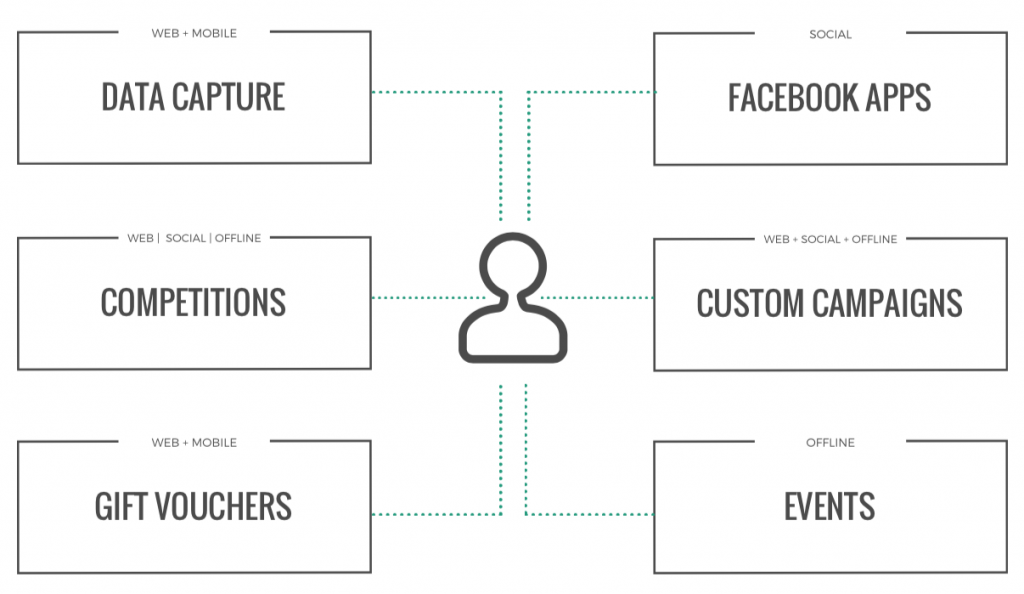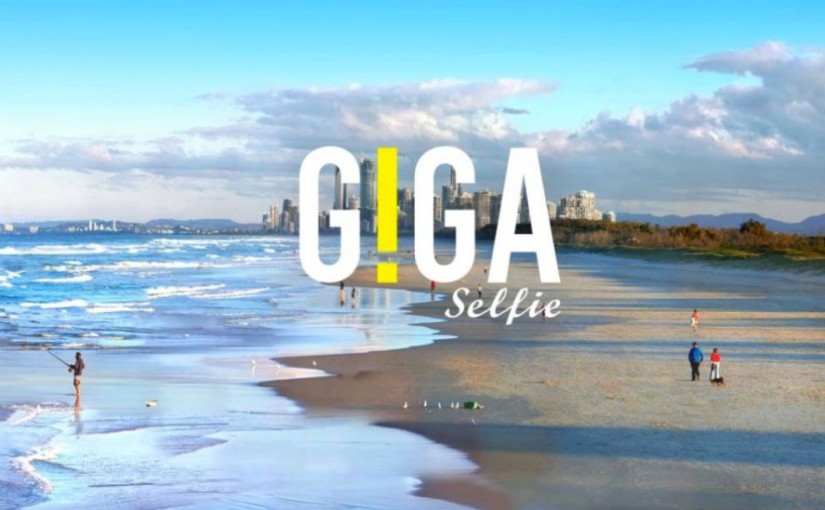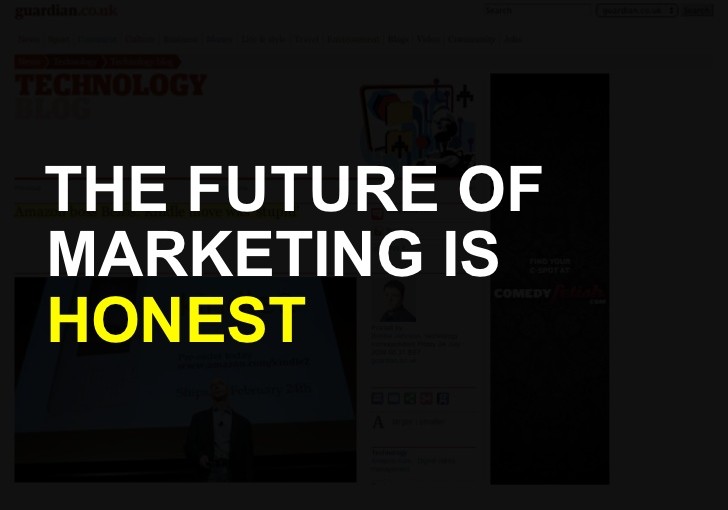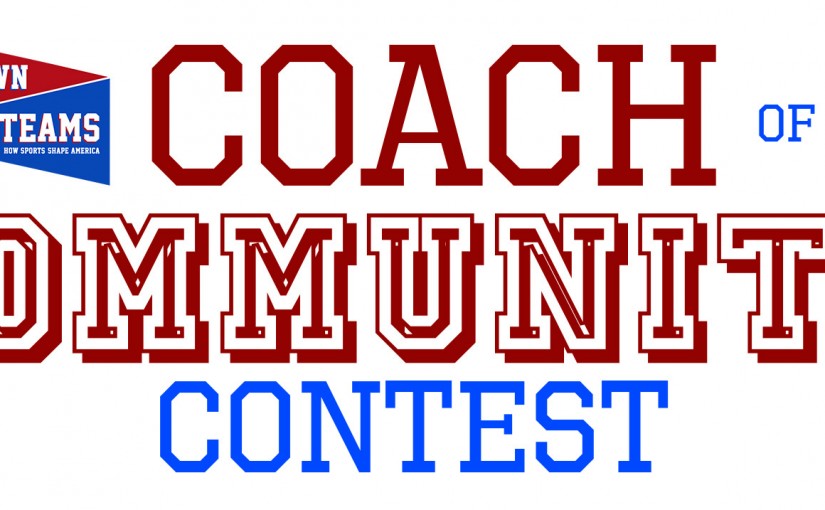SMS – a fundamental to marketing or a hindrance?
SMS can be controversial in the marketing realm. Chances are, if you haven’t used it, it’s because you don’t think it is beneficial. However, this may not be the case. There are thousands of businesses that rely heavily on SMS marketing and that is because of the success they are having from it. If the conditions are right, SMS can be wildly more successful than any other marketing channel.
Before we evaluate what the right conditions are for SMS, it’s important to have a quick comparison of the average open rates and the average time to open for both email and SMS.
| SMS | ||
| Average Open Rate | 98% | 22% |
| Average Time to Open | 5 Minutes | 48 Hours |
As you can see SMS has a drastically higher open rate, and takes much less time for people to open. Because mobile phones are engrained in everyday life and text messaging is the preferred method of communication for many people, SMS can be an ideal channel for your marketing. Due to the fact that SMS messages are received and read within minutes of sending, SMS is perfect for anything that is time sensitive. Whether it is the final hours of ticket sales for an event, a prompt to book in for the upcoming public holiday, reminders about birthday offers, or a promotion created to boost business on a slow weekday; SMS is optimal.
When determining whether or not your marketing should be sent out via SMS, you need to think about your demographic. Would your target audience have their mobile phones switched on and accessible when the SMS is sent? What is the preferred method of communication for your customers? Identifying who your target audience is and thinking about which method of marketing they would respond best to; is your best way of determining if your SMS campaign is going to yield a high response.
Much the same as email marketing, it’s important to keep tabs on the frequency in which you’re using SMS marketing. Because SMS is a personal method of communication it is important to consider how often you’re speaking to customers through SMS and if this is in line with your brand. The frequency of SMS marketing for a nightclub will be vastly different to the frequency for a family friendly cafe.
As with any marketing channel, tracking your Return on Investment (ROI) for SMS marketing is critical. Monitoring your ROI will help you gauge how well the campaign performed and if it was worth the financial output. By including a Call to Action in your SMS, you will be able to measure the campaign’s success. These Call to Actions could be as simple as “Mention this message when booking” to a more complex method, whereby Google Analytics is set up to measure click throughs from the campaign onto your site.
SMS can be an incredibly powerful method of getting your message out to your database, especially if you’re message is time sensitive, or you’re wanting to do one last big push for a special event. For more information, pricing or to get some help setting up your next SMS campaign, please contact our team.












